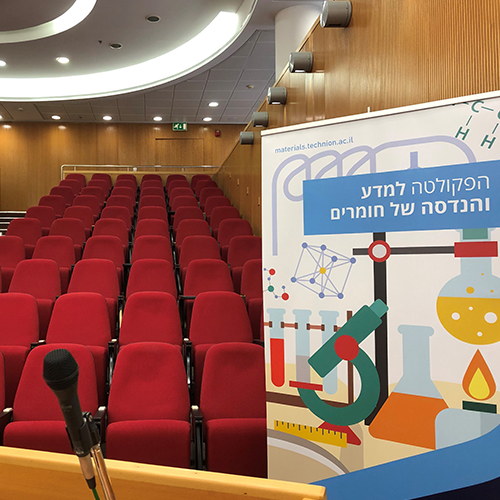
Dr. Ariel Afek
19/01/2023
David Wang Auditorium, 3rd floor Dalia Meidan Bldg.
14:30
Base-base mispairs are dominant sources for genetic mutations. Each mismatch enforces different DNA conformations, which are dictated by the number, arrangement, and chemical identity of the unpaired residues. These distortions can affect interactions with DNA-binding proteins, including regulatory transcription factors (TFs).
Recent studies found that interactions between TFs and damaged DNA may play an important role in mutagenesis. However, the structural impact of damage-induced or other distorted DNA shapes on protein-DNA recognition has not been well characterized. We present SaMBA, a new technique to characterize the effects of mismatches on TF-DNA binding in high throughput. SaMBA generates DNA duplexes containing all possible single-base or insertions mismatches to quantitatively assesses the effects of the mismatches on TF-DNA interactions.
We applied SaMBA to measure the binding of 21 TFs to thousands of mismatched sequences and mapped the impact of mismatches on these TFs. Remarkably, for all TFs examined, the introduction of mismatches at certain positions resulted in significantly increased binding.
Structural analyses revealed that these mismatches often distort the naked DNA such that its structure becomes similar to that of bound DNA sites, thus explaining the increased binding measured in our assay. Our results reveal that the energy cost of deforming the DNA The structure is a major determinant of protein-DNA recognition and reveal mechanisms by which mismatches can recruit TFs and thus modulate replication and repair activities in the cell.


